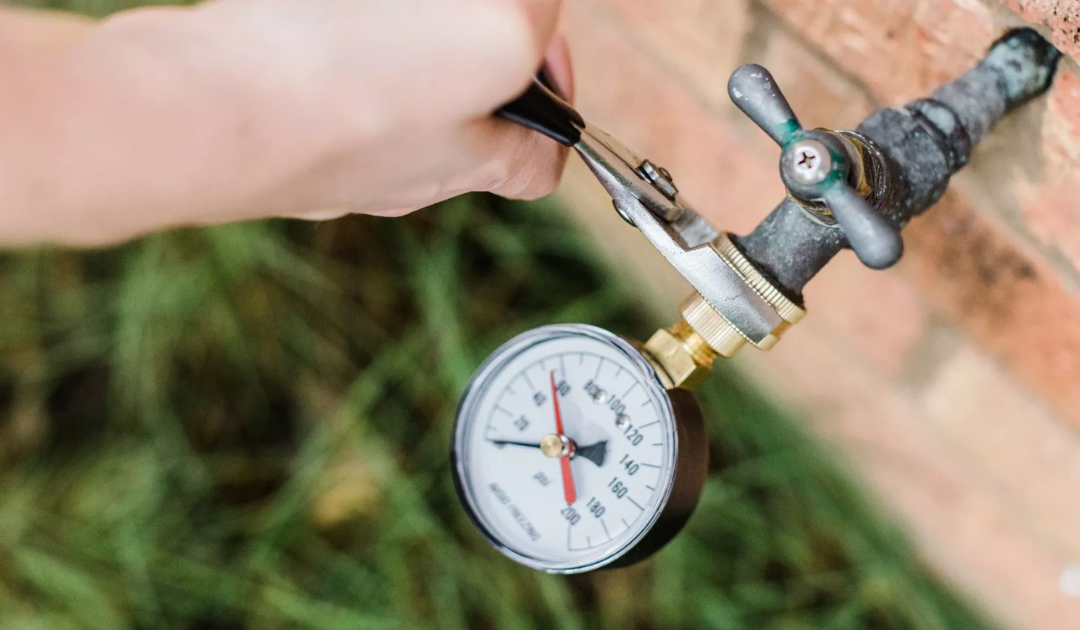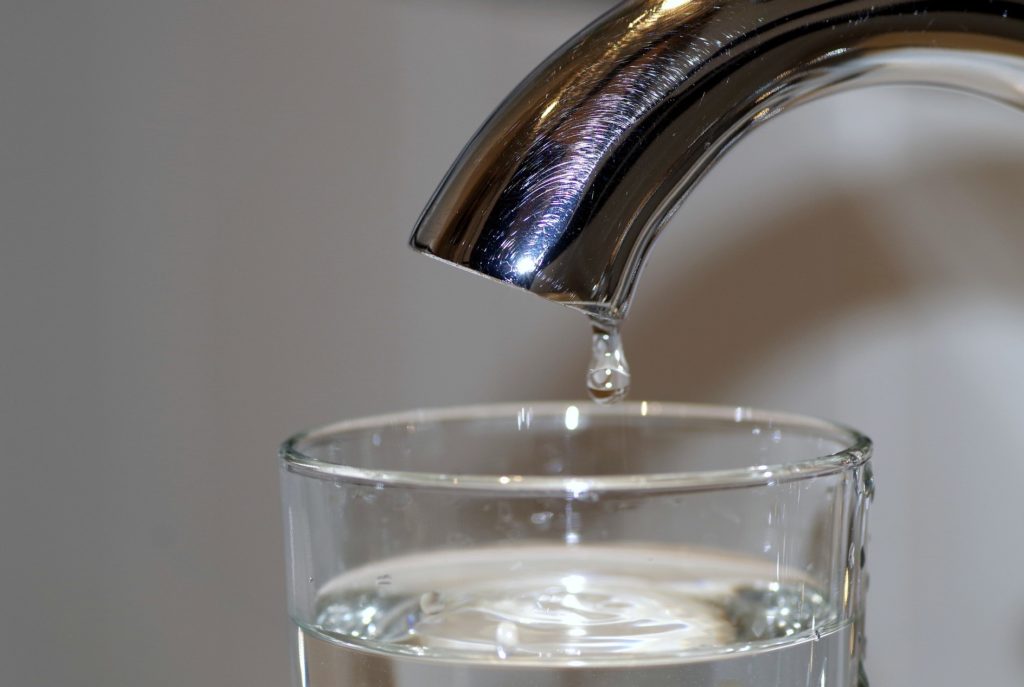We have uncovered the article on Low Water Pressure in the House? down the page on the net and accepted it made perfect sense to share it with you here.

Low tide stress in your house can be a frustrating issue, influencing everything from bathing to cleaning dishes. If you're experiencing weak water flow, there are numerous possible reasons and remedies to explore. In this overview, we'll go over typical reasons for low tide pressure and sensible steps to resolve the problem effectively.
Intro to Low Water Stress
Low tide pressure occurs when the flow of water from your taps, showers, and various other components is weaker than typical. This can make day-to-day jobs much more difficult and less efficient. Recognizing the causes of low water pressure is critical to finding the best service.
Typical Root Causes Of Low Water Stress
Pipeline Obstructions
With time, pipelines can become clogged with mineral deposits, debris, or debris, restricting the flow of water. This is a typical issue in older homes with galvanized steel pipelines.
Rust
Corrosion within pipes can result in leakages and decreased water stress. Corrosion buildup can constrict water circulation, specifically in aging plumbing systems.
Faulty Pressure Regulators
Pressure regulators are responsible for preserving regular water stress in your home. If they malfunction, it can lead to low water pressure or unequal flow throughout your house.
Municipal Water System Issues
Sometimes, the trouble exists outside your home. Metropolitan water supply issues, such as main line leaks or upkeep work, can temporarily minimize water stress in your area.
How to Detect Low Water Stress
Checking Faucets and Components
Begin by testing the water stress at various faucets and fixtures throughout your home. If the concern is separated to particular locations, it might indicate localized problems.
Checking Pipelines
Check noticeable pipelines for indicators of leakages, rust, or obstructions. Take note of any kind of unusual audios, such as banging or rattling pipelines, which can suggest concerns within the plumbing system.
Consulting with a Plumber
If you're not able to determine the source of low tide stress, take into consideration hiring a professional plumber to conduct a detailed assessment. They can determine underlying concerns and advise ideal services.
DIY Solutions to Fix Low Water Stress
Cleaning Up Aerators and Showerheads
Natural resources can collect in aerators and showerheads, reducing water circulation. Remove and clean up these components routinely to improve water stress.
Flushing Water Heater
Debris accumulation in the hot water heater can restrict flow and minimize performance. Purging the container regularly helps get rid of sediment and maintain optimum performance.
Checking Pressure Regulatory Authority
Ensure that the pressure regulator is functioning properly. Adjusting or changing the regulatory authority can aid recover correct water pressure throughout your home.
Clearing Clogs in Piping
For small blockages, try making use of a plumbing snake or chemical drain cleaner to clear obstructions in pipelines. Beware when making use of chemicals and adhere to safety and security guidelines.
When to Call an Expert Plumber
If DIY efforts fail to settle the problem or if you presume significant plumbing issues, it's ideal to look for support from a certified plumber. They have the expertise and devices to address complex issues securely and effectively.
Safety Nets to Keep Water Pressure
Regular Upkeep
Set up routine upkeep for your plumbing system to stop problems such as corrosion, leakages, and blockages. Dealing with minor issues early can assist avoid even more substantial fixings later on.
Setting Up a Pressure Booster
Think about installing a pressure booster pump to boost water pressure in areas with continually low flow. This can be specifically helpful for multi-story homes or residential or commercial properties with high-demand components.
Monitoring Water Usage
Be mindful of water use practices and prevent overtaxing the plumbing system. Basic adjustments, such as astonishing showers and washing tons, can aid keep ample water pressure.
Conclusion
Managing low water pressure can be frustrating, yet recognizing the underlying causes and applying ideal solutions can recover ideal circulation throughout your home. Whether it's cleaning up aerators, checking pipelines, or talking to a plumber, taking aggressive actions can ensure a consistent supply of water for your daily requirements.
FOUR WAYS TO FIX LOW WATER PRESSURE NOW
Turning on a shower or faucet only to find the water comes out in a sad, slow drizzle is never a good feeling. How exactly are you supposed to wash a pan or take a quick shower when it takes 10 minutes just to rinse off a little soap? The good news is that when your water pressure is bad, there's always a cause: typically one that can be easily fixed. Here are some of the most common causes of low pressure and what you can do to fix the issue:
DEBRIS AND MINERAL DEPOSIT BUILDUPS
If you notice low water pressure from just one or two of the fixtures in your house, the problem likely has to do with debris buildup. Water is full of minerals and other debris, all of which can accumulate in your pipes and on your fixtures. This can cause a blockage that affects how much water flows through. To fix this, try filling a small plastic bag with white vinegar, and use a rubber band to hang it around your showerhead or faucet. Let the head of the fixture soak for a few hours, and the vinegar should loosen the deposits.
WATER LEAKS
Leaks are another common cause of low water pressure. If water is flowing out of your plumbing through a hole or crack before it can reach your fixture, the pressure coming out of the faucet or showerhead will be lower. A plumbing professional is your best bet for finding and repairing a leak in your water supply pipes.
Leaks are another common cause of low water pressure. If water is flowing out of your plumbing through a hole or crack before it can reach your fixture, the pressure coming out of the faucet or showerhead will be lower. A plumbing professional is your best bet for finding and repairing a leak in your water supply pipes.
FOUR WAYS TO FIX LOW WATER PRESSURE NOW
Turning on a shower or faucet only to find the water comes out in a sad, slow drizzle is never a good feeling. How exactly are you supposed to wash a pan or take a quick shower when it takes 10 minutes just to rinse off a little soap? The good news is that when your water pressure is bad, there's always a cause: typically one that can be easily fixed. Here are some of the most common causes of low pressure and what you can do to fix the issue:
DEBRIS AND MINERAL DEPOSIT BUILDUPS
If you notice low water pressure from just one or two of the fixtures in your house, the problem likely has to do with debris buildup. Water is full of minerals and other debris, all of which can accumulate in your pipes and on your fixtures. This can cause a blockage that affects how much water flows through. To fix this, try filling a small plastic bag with white vinegar, and use a rubber band to hang it around your showerhead or faucet. Let the head of the fixture soak for a few hours, and the vinegar should loosen the deposits.
WATER LEAKS
Leaks are another common cause of low water pressure. If water is flowing out of your plumbing through a hole or crack before it can reach your fixture, the pressure coming out of the faucet or showerhead will be lower. A plumbing professional is your best bet for finding and repairing a leak in your water supply pipes.
Leaks are another common cause of low water pressure. If water is flowing out of your plumbing through a hole or crack before it can reach your fixture, the pressure coming out of the faucet or showerhead will be lower. A plumbing professional is your best bet for finding and repairing a leak in your water supply pipes.
A VALVE ISSUE
If you have low water pressure throughout your home, check your main shut-off valve to make sure it's completely open. You may also want to see if there's a pressure-reducing valve installed. If there is, have a plumber help you adjust the settings to get the pressure you're looking for.
OTHERS USING WATER
Believe it or not, your low water pressure could be caused by your neighbors. If you notice low pressure at certain times of day, it may be because you and the people living next to you have similar schedules - when everyone is showering at the same time, the pressure will be lower in every home. Low pressure throughout the neighborhood may also be caused by an issue with your municipal water supply. If that's the case, call the supplier to see if they're working on the issue.
https://www.rotorooter.com/blog/water-leaking/low-water-pressure-fixes/

We hope you liked our post about 10 Reasons for Low Water Pressure in Your House. Thanks a lot for taking the time to read through our blog. Remember to take the opportunity to share this article if you enjoyed it. I am grateful for your time. Return soon.
Book Maintenance